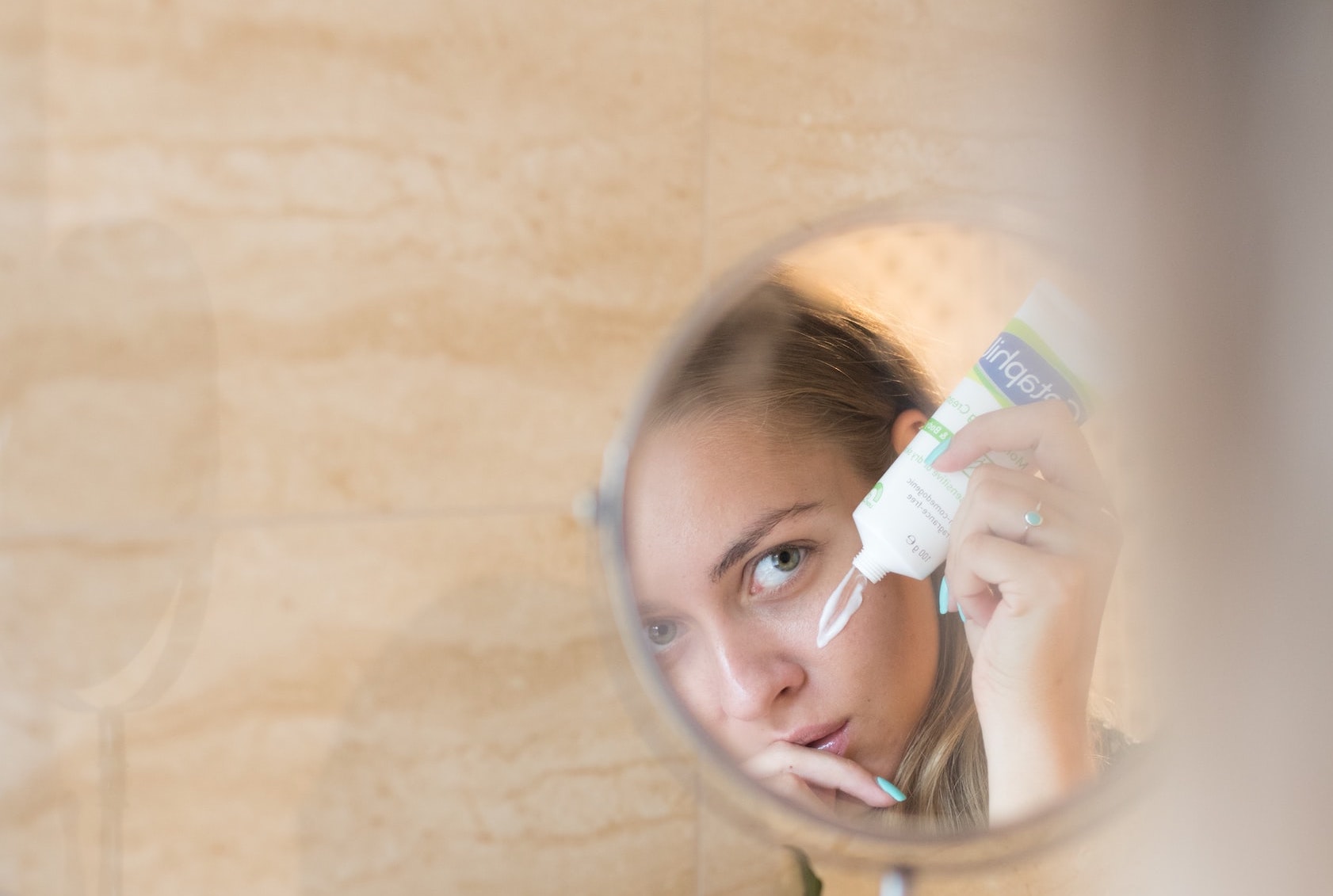On 9 June 2023, the European Commission requested the Scientific Committee on Consumer Safety (SCCS) to conduct an assessment of the inhalation toxicity of the fragrance ingredient Acetylated Vetiver Oil – AVO (CAS No 84082-84-8, EC No 282-031-1), used in sprayable cosmetic products as part of Submission IV.
The SCCS approved this mandate during the plenary meeting on 6-7 June 2023, with a deadline of nine months for the delivery of its Opinion.
BACKGROUND
Vetiver oil, used in the fragrance industry, is obtained through the distillation of fresh or dried roots of Vetiveria (Chrysopogon) zizanioides sourced from various geographical locations. Further processing of this oil leads to the creation of Acetylated Vetiver oil (AVO).
In 2019, the Scientific Committee on Consumer Safety (SCCS) adopted a corrigendum to its previous opinion on AVO (SCCS/1599/18). The Committee stated that the use of AVO, mixed with 1% alpha-tocopherol, as a fragrance ingredient in cosmetic products that are rinsed off or leave-on is safe, based on the concentrations suggested by the International Fragrance Association (IFRA). However, the SCCS noted that the inhalation toxicity of AVO wasn’t evaluated due to a lack of data, stating that an assessment would be required if AVO were to be used in sprayable products.
WHAT’S NEW?
The industry submitted a new safety dossier on March 31, 2023, emphasizing the inhalation toxicity of AVO in sprayable cosmetic products to address the concerns raised by SCCS. According to the industry, AVO’s cosmetic uses that might result in inhalation exposure include fragrant pump sprays, deodorant sprays, hairsprays, and body lotion sprays with the maximum intended concentrations of AVO up to:
- 0.9% (w/w) in fragrant pump sprays
- 0.05% (w/w) in deodorant sprays
- 0.1% (w/w) in hairsprays and body lotion sprays.
The European Commission requested the SCCS to review the safety of AVO in sprayable cosmetic products in light of the new inhalation toxicity data.
The SCCS opinion will address the following questions:
- In light of the data provided concerning inhalation toxicity, does the SCCS consider Acetylated Vetiver Oil (AVO) safe when used in sprayable cosmetic products with intended maximum concentrations (IMCs) of 0.9% (w/w) in fragrance pump sprays, 0.05% (w/w) in deodorant sprays and 0.1% (w/w) in hairsprays and body lotion sprays?
- Does the SCCS have any further scientific concerns regarding the use of Acetylated Vetiver Oil (AVO) in cosmetic products?
References:








